What Animals Eat Robins? 15 Typical Predators
Last Updated on
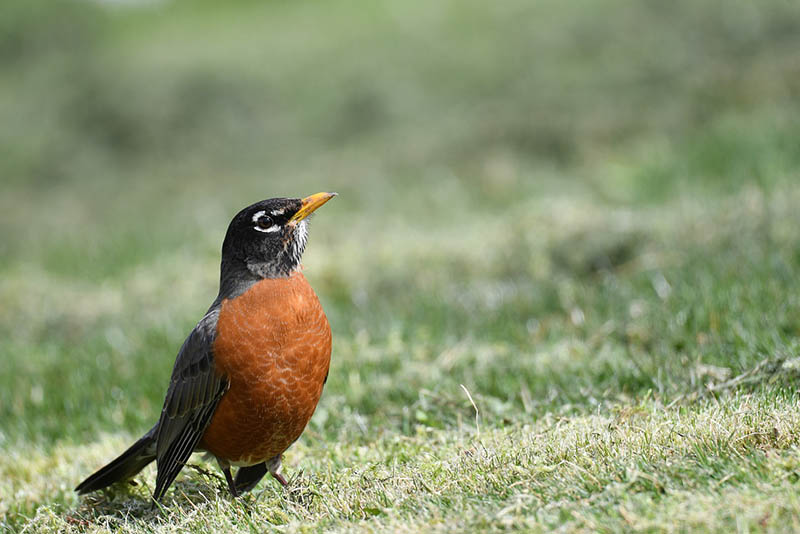
The American Robin (Turdus migratorius) is an important part of our culture. It is the quintessential symbol of spring, heralding the end of winter and a welcome to the warmer months of the year. Robin egg blue is a trademarked color of Tiffany & Co.1 Three states have made the bird their avian symbol, including Wisconsin, Michigan, and Connecticut.2 With all this in mind, it’s safe to say that the American Robin is a beloved bird.
Robins, like most avian species, are also prey for many animals, starting when they are still in the egg. Scientists have found a division of predators, with some taking eggs and nestlings and others going after the adult birds. Let’s check out some of the robin’s most common predators.
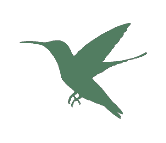
The 15 Animals That Eat Robins Are:
1. Common Grackle (Quiscalus quiscula)

If there’s one thing you can say about the Common Grackle, it’s that it is a successful, opportunistic feeder. They have adapted well to the presence of humans, making themselves unwanted agricultural pests. They eat various foods from mice to insects to even American Robins. They’re well-equipped as predators, being larger than robins with a sharp bill to boot.
2. Common Raven (Corvus corax)
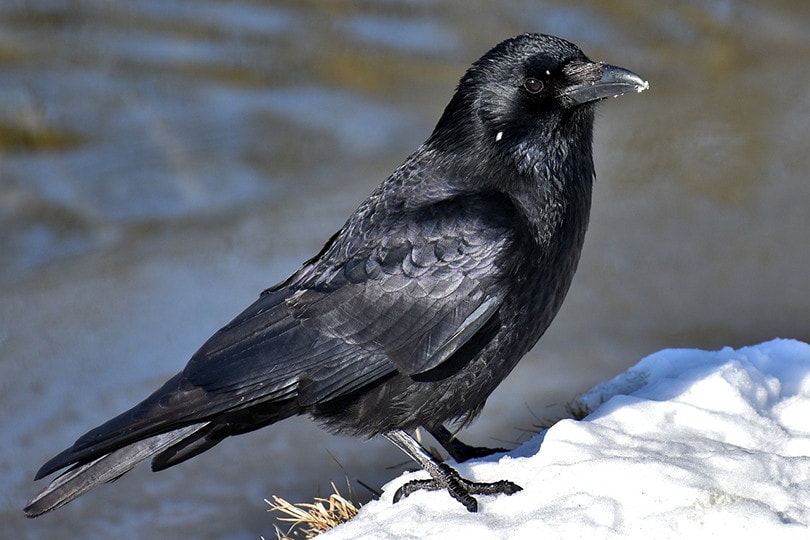
The Common Raven has a lot going for it. It’s a large bird that few predators dare to challenge. It does well defending its nest and young, keeping them safe. This bird is also smart and wary of new things in its environment. While they eat carrion, they will also eat mammals and birds, like the American Robin. Unfortunately, robins don’t stand a chance with this bird that is over twice its size.
3. Blue Jay (Cyanocitta cristata)
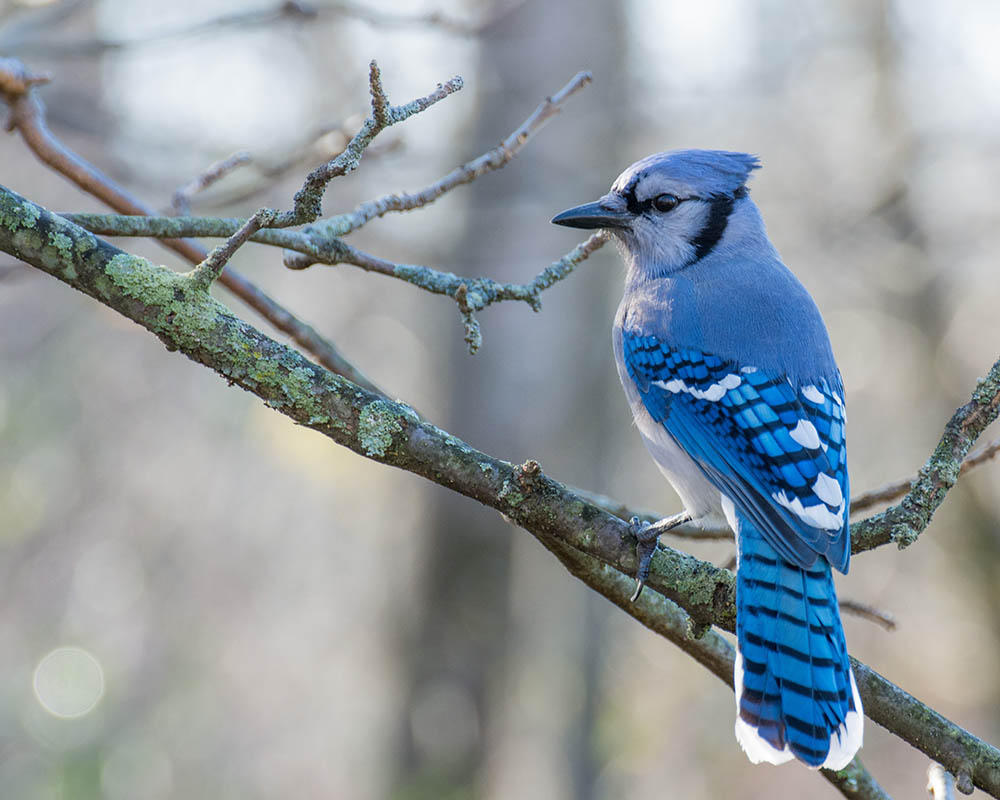
There’s probably a long list of animals that aren’t fond of Blue Jays, including robins. They’ll raid the nests of songbirds, taking eggs. These avian bullies will even frighten off birds from their food. Interestingly, they share some of the same predators as robins. However, Blue Jays won’t hesitate to protect their young from interlopers, including humans.
4. American Crow (Corvus brachyrhynchos)
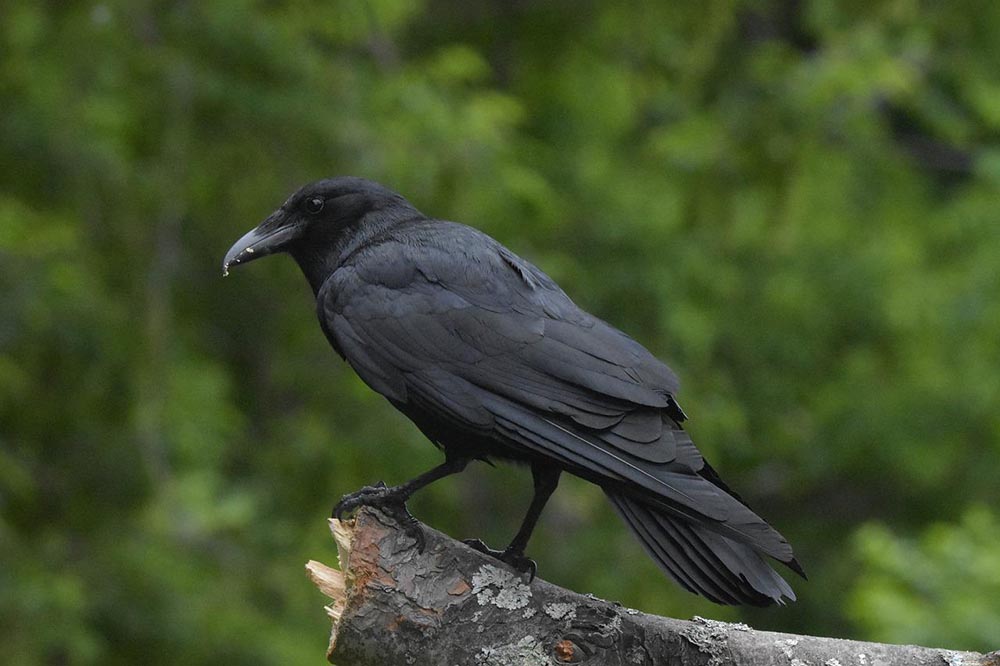
The American Crow has size on its side when dealing with prey species like the American Robin. They are both resourceful and opportunistic feeders, taking eggs and young birds from nests. They will also hunt for food like baby rabbits. When they’re not stalking other animals, they’re raiding garbage cans.
5. Cooper’s Hawk (Accipiter cooperii)
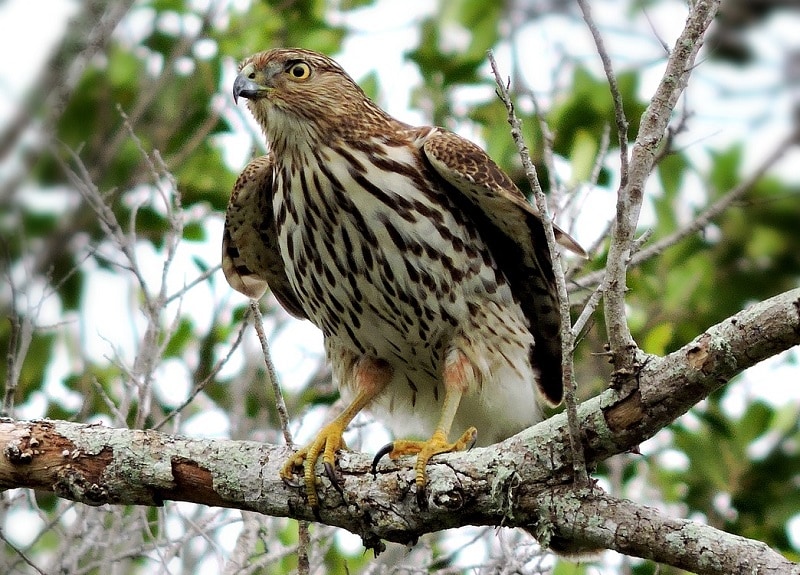
The Cooper’s Hawk is a forest species that is well-adapted to hunting birds, which it can take on the wing. It is fast and can navigate expertly through tight spaces, such as open woods. That makes it no match for the slower flying robin. Like other hawks, it is an intelligent bird known to perch and wait by bird feeders for unsuspecting prey.
6. Sharp-Shinned Hawk (Accipiter striatus)

The Sharp-Shinned Hawk is related to our last entry, only smaller. Their pointy wings and long tails allow them to fly swiftly. Songbirds comprise most of their diet. The hawk isn’t much bigger than the robin. However, its talons and sharp, hooked beak give it a significant competitive edge. Luckily, the hawk also preys on pest species like the odious European Starling.
7. American Kestrel (Falco sparverius)
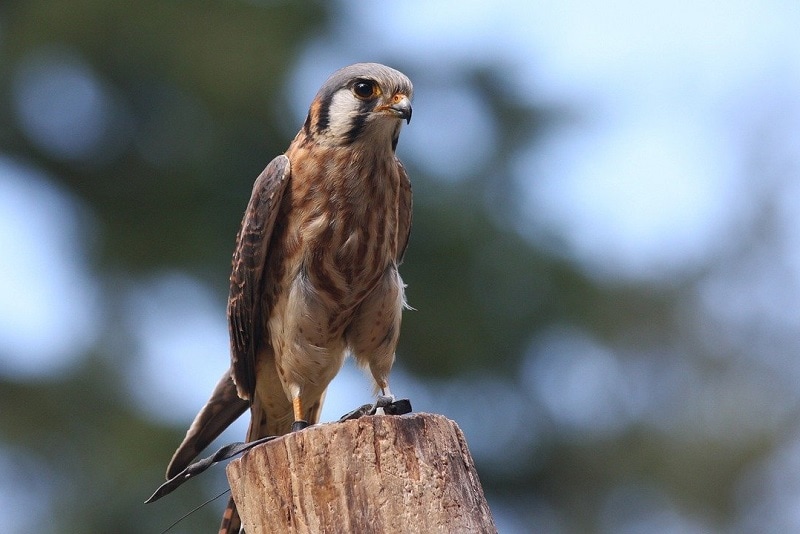
The American Kestrel succeeds in the wild and near human dwellings because it is adaptable. Its diet varies seasonally, with birds on the menu for a smaller portion of their typical diet. These predators are swift on the wing. They will also hunt on perch lookouts and hover over their catch. Like other raptors, they have keen eyesight, which helps them spot their prey.
8. Northern Goshawk (Accipiter gentilis)

The Northern Goshawk is an excellent example of the geographic differences in American Robin predation. Research has shown that adults make up a decent portion of this raptor’s diet in northern New Mexico. The robin’s habitat preference for open ground undoubtedly makes it easy for this bird to take them. Interestingly, it recognizes the silhouette of one flying.
9. Common Garter Snake (Thamnophis sirtalis)

We discussed two common hunting modes in robin predators. The Garter Snake is another species used to humans and, thus, occupies a similar habitat as this bird. They can get up to 54 inches long, making them a formidable predator. One of its avian targets is American Robin nestlings. The snake’s preference for cover makes it easy for it to ambush the chicks.
10. Larger Snakes
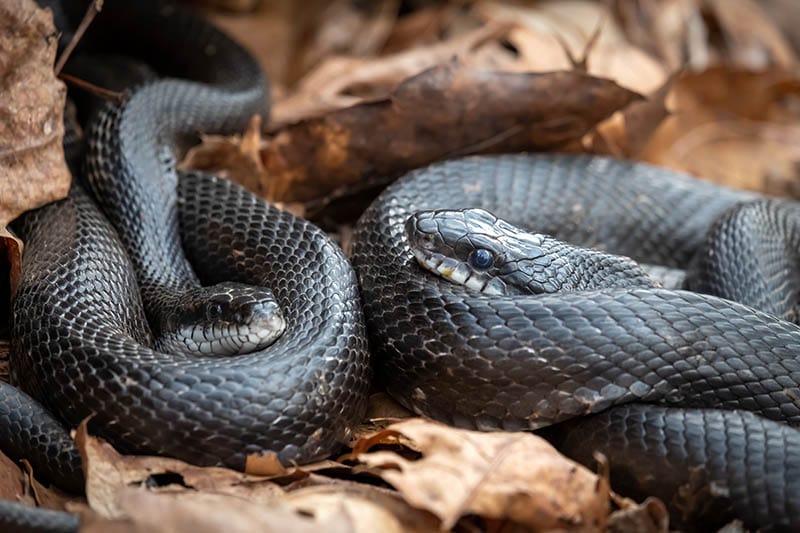
Many other snake species will take robin eggs, nestlings, and adults. Predation by Eastern Rat Snake is well-documented. Unsurprisingly, the parents will defend their young fiercely, using alarm calls and mobbing behavior to try to fend off the predators. The nesting stage isn’t a significant factor. Robins are excellent parents all the time.
11. Squirrels (Sciurus spp.)
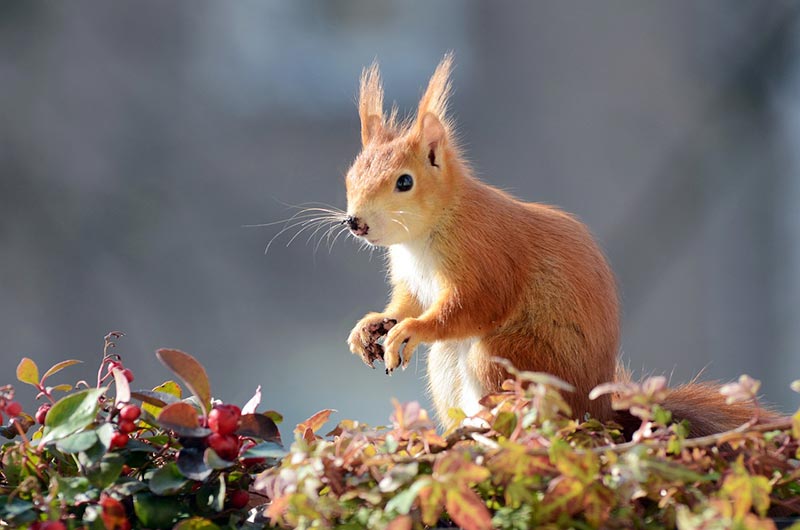
Just about any species of squirrel will set its sights on robin eggs. The scientific literature contains references to Red, Rock, and Eastern Gray Squirrels. These rodents will also take chicks if the parents are not tending and actively defending the nest. Research also suggests that the height of the nest site might play a role in its success or failure, particularly in natural areas as opposed to urban settings.
12. Raccoon (Procyon lotor)

The Raccoon certainly won’t win many popularity contests, even when it comes to the American Robin. This animal is an opportunistic omnivore with an incredible climbing ability that can make any nest fair game. While they won’t necessarily attack adults, they will take bird eggs since it’s an easy task with their opposable thumbs.
13. American Marten (Martes americana)
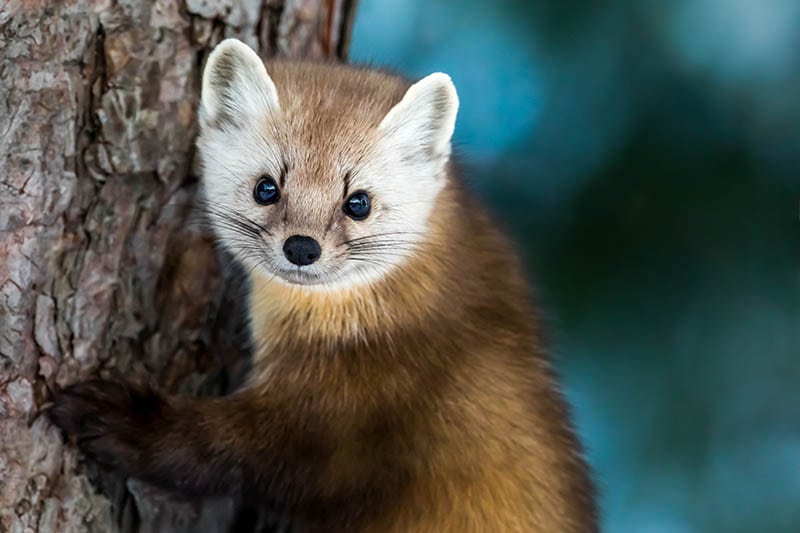
The American Marten poses a greater threat to robins in the northern part of their range. The risk is highest at dusk and dawn when these birds are most likely to be active. These mustelids are quite fast and agile, making eluding them challenging for prey species. While they mainly eat mammals, birds also form a significant part of their omnivorous diet.
14. Domestic Cats (Felis catus)

It’s hard to blame cats for doing what comes naturally to them. Nevertheless, they take an estimated 2.4 billion birds a year. It’s enough to have earned them the dubious distinction of being among the worst 100 predators, according to the Global Invasive Species Database. It’s not just the feral cats causing the problem, either—it’s the animals that are indoor-outdoor pets causing the issues.
15. Humans
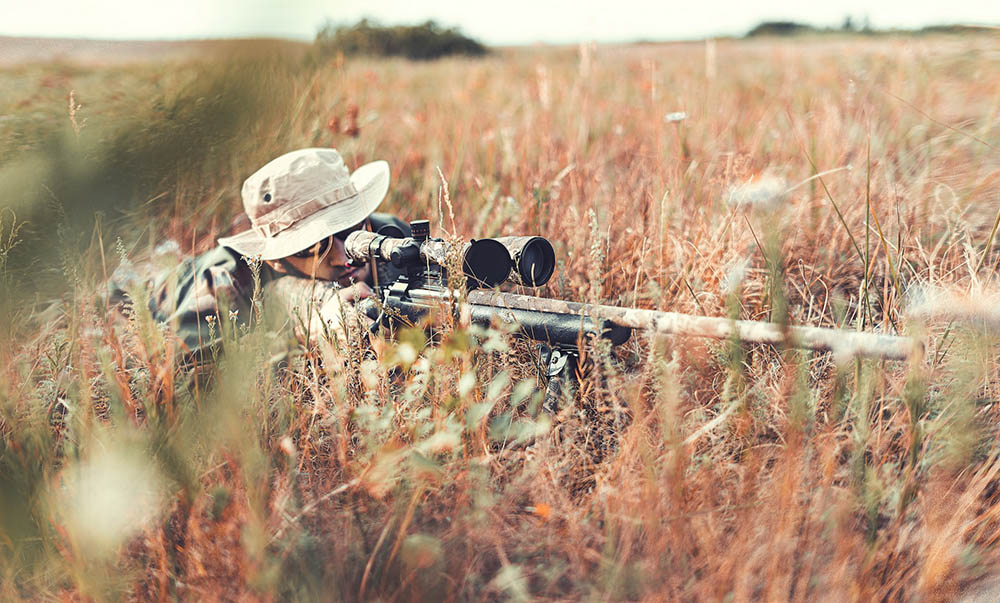
Humans have played both an indirect and direct role in American Robin mortality. The former rests with pet owners letting their cats outdoors. It’s risky for wildlife and their pets, too. They’re more likely to get hurt or killed by automobiles, other predators, or diseases they contract from being outside. Humans have also hunted robins in the past because they were considered a culinary delicacy.
Protecting Robins in Your Backyard
Fortunately, the future of the American Robin looks bright. Its adaptation to humans undoubtedly benefits them on several fronts. Their estimated global population is 370 million birds. That makes them a species of least concern, according to the International Union for Conservation of Nature and Natural Resources (IUCN). However, there are still several things you can do to keep the robins safe.
You shouldn’t encourage this bird’s predators to take up residence in your yard. We suggest using squirrel baffles to keep these rodents from raiding feeders. You should also avoid ground feeding for the same reason. Even mice can take the occasional robin egg.
It’s also essential to deter hawks. If you feed the birds, they won’t be far behind. One effective way to keep them at bay is to install fence spikes along the top of any fences in your yard. That will remove their perching sites if they hunt with this method.
Of course, anything you can do to keep nuisance wildlife away will benefit robins. Simple measures, such as keeping the garbage can in the garage or not leaving pet food outdoors can help you avoid problems with raccoons and other opportunistic feeders.
If worse comes to worst, bring your bird feeder inside for a week or so. Predators like hawks have large ranges. They’ll look for easy pickings elsewhere if the songbirds aren’t visiting your backyard. You can put the feeder back outside once the raptors have moved one to better hunting grounds.
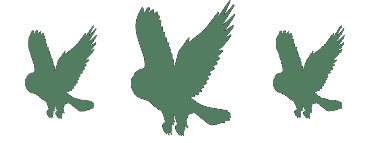
Summing Up
It’s hard being a prey species, whether you’re a Deer Mouse or American Robin. The latter has many predators, making their excellent parental investment a sound evolutionary strategy. We may not be able to protect them from all the threats they face. However, we can undoubtedly make their lives safer by keeping our feline companions indoors instead of stalking robins in our backyards.
Featured Image Credit: Veronika Andrews, Pixabay
Table of Contents
- The 15 Animals That Eat Robins Are:
- 1. Common Grackle (Quiscalus quiscula)
- 2. Common Raven (Corvus corax)
- 3. Blue Jay (Cyanocitta cristata)
- 4. American Crow (Corvus brachyrhynchos)
- 5. Cooper’s Hawk (Accipiter cooperii)
- 6. Sharp-Shinned Hawk (Accipiter striatus)
- 7. American Kestrel (Falco sparverius)
- 8. Northern Goshawk (Accipiter gentilis)
- 9. Common Garter Snake (Thamnophis sirtalis)
- 10. Larger Snakes
- 11. Squirrels (Sciurus spp.)
- 12. Raccoon (Procyon lotor)
- 13. American Marten (Martes americana)
- 14. Domestic Cats (Felis catus)
- 15. Humans
- Protecting Robins in Your Backyard
- Summing Up
About the Author Chris Dinesen Rogers
Chris has been writing since 2009 on a variety of topics. Her motto with all of her writing is “science-based writing nurtured by education and critical thinking.” Chris specializes in science topics and has a special love for health and environmental topics, and animals of all shapes and sizes.
Related Articles:
What Is the Best Binocular Magnification for Hunting? Optical Features Explained
10 Types of Hummingbirds in Arkansas (With Pictures)
8 Types of Hummingbirds in Nebraska (With Pictures)
5 Types of Hummingbirds in Idaho (With Pictures)
3 Types of Hummingbirds in Mississippi (With Pictures)
8 Types of Hummingbirds in Kansas (With Pictures)
5 Types of Hummingbirds in West Virginia (With Pictures)
5 Types of Hummingbirds in Ohio (With Pictures)
